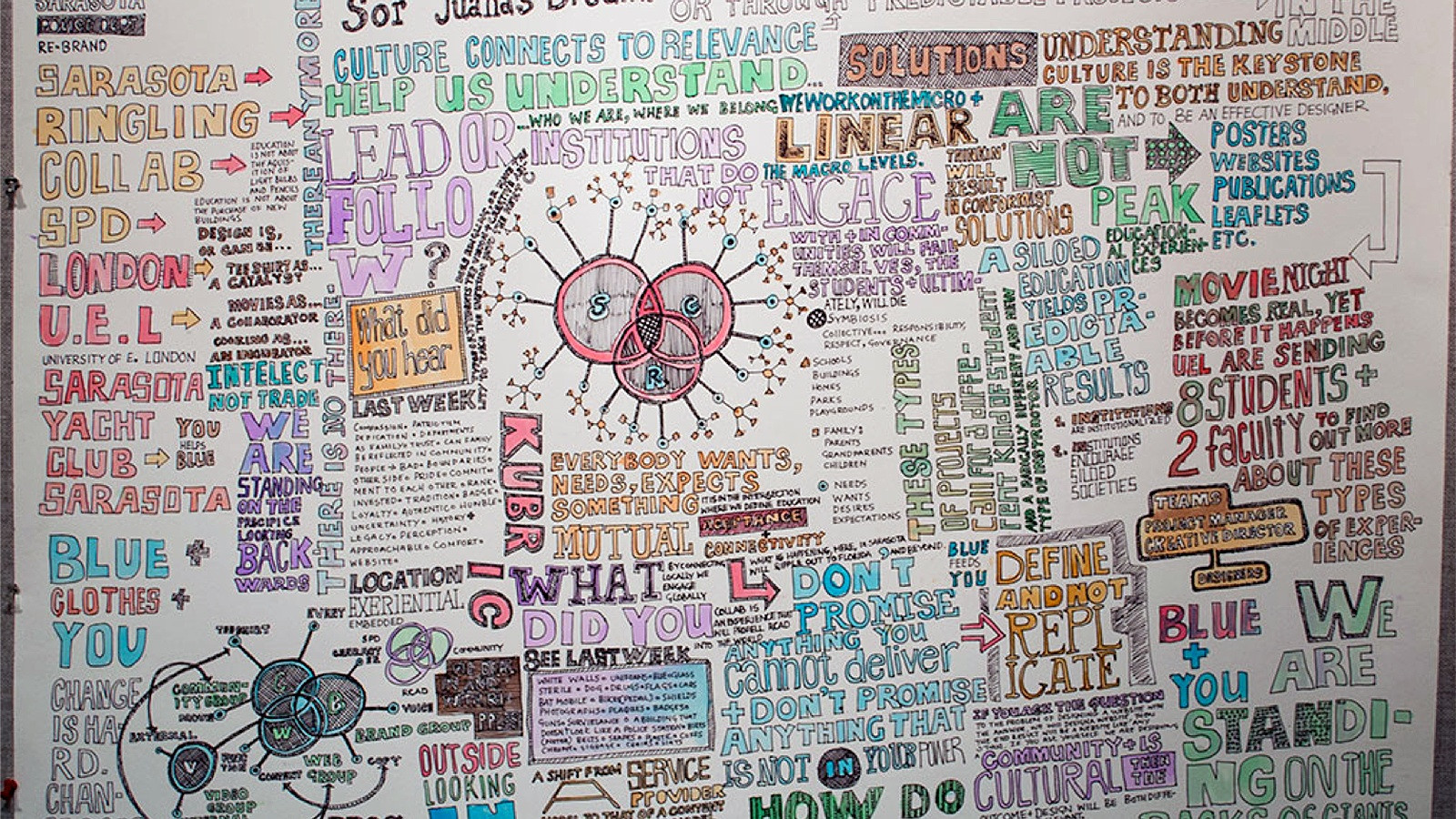Past, Present and Future: What are we thinking?
Graphic Designers of Canada (GDC), May 8, 2014The PICA 2014 Education Day punctuated new ways of thinking and learning. Educators and students from Canada and abroad presented the past, present and future of design education with research and case studies on new media, experiential learning, and theoretical models. Keynote, Bernard Canniffe, Ringling College of Art and Design (RCAD), gave us a reality check on the relevancy; accessibility and future of design, while Brian Donnelly, Sheridan College led a workshop focused on Canadian design history and asked hard questions on what is “Canadian?” Thinking about the “past” brought forth fundamental questions about how we should define Canadian design history and more importantly, where to find it and how to document it!
Getting students involved within their communities and focusing on social contexts was a prevalent theme in many presentations. Alison Miyauchi CGD from the Alberta College of Art and Design (ACAD) presented the results from a required upper level course at ACAD entitled “The Public Design Service.” ACAD offers practicum experiences with local not-for-profit organizations where students gain invaluable life lessons in self-discovery and learn the business of graphic design. Dr. Myra Thiessen presented research on “critique-abilities” asking — “what if assessment tasks included a component that requires a student to situate their work socially?” — and, Layal Shuman argues that design and social responsibility are inseparable. The day ended with Keynote Bernard Canniffe’s insightful perspective on how we define design education today with compelling case studies that left us all questioning our purpose as design educators and practitioners. Canniffe suggests that if we strive for an ideal world we would have “real projects in real time — all the time.” These approaches demonstrate an inspirational social consciousness that our students will surely impart in their future practice.
The implication of current communication technologies on design education was summed up in different ways. Rik Zak, ACAD suggests that the impact of social media on brand strategy and advertising demands an emphasis on storytelling ability. Dennis Cheatham, Miami University presented “shift teaching” methodology with “failure bonuses” for risk taking as a way to enable discovery in interactive design courses. A lively PechaKucha series on teaching and learning provided great insight on the student experience and ways of encouraging participatory learning.
PICA enabled a rare opportunity for graphic design educators to share how design education today is being percieved within our institutions, our communities, and in practice. The discussions that centered on the impact of institutional policies, professional practice, economies and governments as well as graphic design’s status as an academic discipline is inspiration for a future conference! My take-away was that we can no longer simply label our discipline as graphic and/or communication design — its scope and breadth has no bounds and will continue to expand. It is entirely experiential and teaching for relevancy seems to rely on only one sustainable skill — critical thinking.
Bernard Canniffe leaves us with this wicked problem:
“Can Canada lead design and design education by embracing the socioeconomic and cultural problems that the world is facing? This is Canada’s time – all the world compelling issues can be addressed here; be they either population density, climate control, migration, race-relations, food (industrial of farm-to-table), ocean pollution, etc. All of these issues are unsustainable and unacceptable. Can the design community in Canada accept the responsibilities that are before them and define a new design methodology?”
Special thanks to Aidan Rowe from the University of Alberta who was unable to join us but was integral to making this day a success. And to Ana Herrera CGD, Vanlee Roblee CGD, and the GDC Alberta North Chapter for facilitating this part of the conference.
Image: Bernard Canniffe, Ringling College of Art and Design, You+Blue, Sarasota Police Department Community Initiative mind map encapsulating the 16 week educational experience. Reflection by Karin Jager, M.Ed. CGD, GDC National VP Education (2012-2014), Department Head, Digital + Graphic Design, University of the Fraser Valley, Mission, BC.




